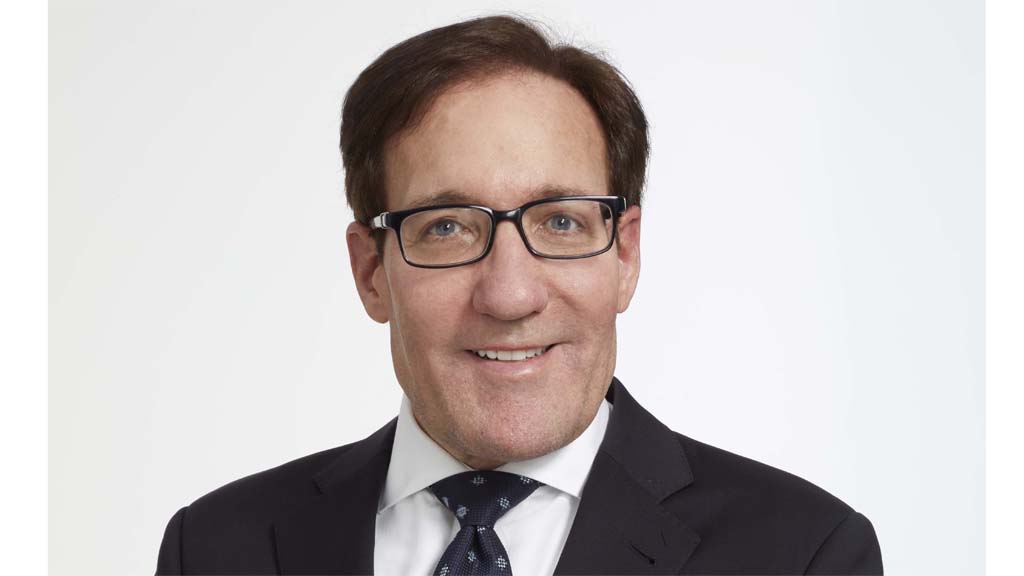Antenna Myths: Who's Really Watching Free TV?
Reports from Capitol Hill say the toughest unresolved issue in legislating a hard deadline for the end of analog TV is what to do about the "disenfranchised."
That, folks, is the fancy word being used to describe the voters who might get upset if forced to upgrade their TV set for digital reception. Members of Congress cower in fear that a posse of vengeful constituents who miss an episode of "The Apprentice" might send them a pink slip during the next election.
The topic is relevant only because the great DTV myth-making machine--in its mission to maintain an endless "DTV transition"--is now concerned about the potential effects of what might be called "sudden analog withdrawal syndrome."
Frustrated legislators, anxious to get the whole transition charade behind them, have shifted their concerns from the interests of the broadcasters to the welfare of their constituents. Stoked by the horror stories of broadcast lobbyists, they are fearful that thousands of TV-deprived voters are going to unleash a backlash on their district offices.
The key question--in an era of multichannel pay television--is just how many people will really care when analog television is shut down? As with most DTV issues, getting a straight, unbiased answer has been almost impossible. Now, however, we are finally getting some hard data.
The number crunchers at the Consumer Electronics Association have produced the most detailed statistics to date on the impact of the analog shutdown. If correct, the CEA's numbers indicate all the concern in Congress about "the disenfranchished" may just be much ado about nothing.
"The fact is that the percentage of American homes relying only on an over-the-air signal is low and shrinking. While the vast majority of Americans receive local and network feeds via cable and satellite (and soon via telephone line, cellular, wireless broadband and the Internet), relatively few rely exclusively on a free over-the-air antenna signal," said Gary Shapiro, president and CEO of the CEA.
"If there is any doubt about this," Shapiro added, "consider the total lack of public outcry over the recent announcement that 'Monday Night Football' will be soon available only to satellite and cable households!"
The CEA reports that of the nearly 110 million American homes with at least one TV set, 68 percent receive a cable signal and 22 percent receive a DBS signal. The research shows that roughly three percent receive both cable and DBS. In total, 87 percent of American homes have access to cable or satellite (and thus network and local feeds).
This means that if analog broadcasting was turned off today, less than 13 percent of 110 million TV households would not have access to a broadcast signal through cable or satellite, (though they could start subscribing).
It should be noted, said Shapiro, that the 13 percent figure is shrinking every year. Cable and satellite penetration continues to grow about one to two percentage points annually. Recent data shows an even greater increase, as much as 3.6 percent annually.
Moreover, Shapiro observed, new services such as Verizon's fiber-optic network, which will offer NBC's programming feed, will have an even greater effect in coming months.
"By the time of the actual cutoff--combining present adoption trends for cable and satellite and forecasts for uptake of recently announced TV services from telcos like Verizon and SBC, as well as the change in purchasing likely to occur with a hard cutoff date--the number of American homes which would be cut off from any broadcast signal would be significantly less than 13 percent," Shapiro said.
Another finding: Most people who have no pay TV service at home are without it by choice, not because they can't afford it. Nearly six of 10 surveyed told CEA researchers that television is not a high priority in their lives. Fewer than 30 percent indicated that insufficient funds play a role in their decisions not to subscribe to television.
Frequently cited at Congressional hearings are the unconnected analog TV sets in households that subscribe to satellite or cable TV.
"Broadcasters would have you believe that these sets are used extensively with antennas for watching over-the-air analog signals," Shapiro noted.
The CEA found otherwise. "More often the disconnected TVs are shunted to a less-used room and hooked up with a DVD, VCR or video game player. Indeed, our research shows these sets are used at least half the time for one of many alternate uses," Shapiro said.
"As cable companies no longer have a monthly charge for additional outlets, this issue is irrelevant for the 68 percent of cable homes," he continued. "In any event, with the analog cutoff, these homes will not be disenfranchised, rather, they will simply purchase a D-to-A converter to continue receiving a broadcast signal, assuming they choose to do so."
THOSE AFFECTED
That said, the CEA did find that a small portion of the population will be adversely affected by the analog cutoff and will need access to low-cost converters.
"However, given the rapid growth of alternative forms of media delivery, a government effort to ensure that every American has some type of service after the analog cutoff will not be as widespread a challenge as some people believe," Shapiro said.
In an earlier broadcast era, when radio was king and home receivers were far more expensive than the mass-manufactured electronics of today, station owners often gave away receivers to listeners who couldn't afford to buy a radio.
One wonders why, if any over-the-air viewers have difficulty affording a basic signal converter-- the broadcasters couldn't do the same thing again. It was good business then and it would be good business now.
The professional video industry's #1 source for news, trends and product and tech information. Sign up below.
Frank Beacham is an independent writer based in New York.

